How Long Does Vinyl Siding Last?
How long does vinyl siding last? With a quality installation, your vinyl siding can last many years—in some cases, up to 50!
Now, if you’re wondering why the siding on your house right now doesn’t seem to be holding up, there could be a number of reasons. So, let’s explore what you should expect from your siding (and how to tell if it’s time to upgrade to long-lasting vinyl).

Exterior Finishes Through the Years
You’ve probably heard the phrase, “they don’t make ‘em like they used to.” In many cases, like furniture, the craftsmanship and quality of older items is often superior to their newer versions. But in the case of siding, the industry has made some significant quality updates, even in the last 20 years.
In other words, this isn’t your grandma’s siding…and that’s a very good thing.
Decades ago, most houses were either brick, stone, or board-and-batten wood siding. Although aluminum siding was invented in the late 1800s, it didn’t take off as a popular exterior finish until the middle of the 20th Century, post-World War II. Aluminum was cheap to manufacture and easy to come by.
Unfortunately, aluminum siding has quite a few drawbacks. Aluminum can fade over time. Even worse, it’s prone to denting. A wayward baseball or a hastily placed ladder can permanently damage your home. Even a hailstorm can create significant pinging, leaving the siding pitted and unsightly.
Moreover, aluminum is loud. Older aluminum wasn’t often insulated, and on a windy day, it gets very noisy. Aluminum responds to temperature fluctuations, too—making loud pops and cracks.
In the 1960s, vinyl siding also took off in popularity, quickly rivaling aluminum. Unfortunately, this early vinyl siding often over-promised and under-delivered. Plastics were all the rage in the 1960s, but the quality varied widely. The PVC used to make early siding was thin, easy-to-crack, and quick to fade.
Today, most mid-century finishes have required at least some updates since they were first installed. Many homes feature a combination of stone or brick with wood or siding accents. Other homes are completely finished in siding, whether wood, composite, aluminum, or vinyl. No matter if it’s trim or the full exterior finish, you’ll likely need to upgrade at some point.
So which exterior finish is best? What is the most durable siding choice? How long does vinyl siding last? The quality vinyl siding materials on the market today are far superior to anything from the 1960s or 70s. It’s affordable and easy to find durable, beautiful, fade-resistant vinyl siding that is created for our Wisconsin climate. Today’s vinyl is the most obvious, superior choice. But it’s essential that you choose your installer carefully and get your siding from a reputable source.
Not All Vinyl Siding Installation is Created Equal
If you suspect your home could use an exterior finish update, you might wonder, will vinyl siding last?
It all depends on the quality of the product and the installation. With the right choice in home remodelers, today’s vinyl siding is one of the most beautiful, maintenance-free, durable choices for your home’s exterior finish. The key is choosing a company you trust to ensure you get the best vinyl siding and installation.
There’s a reason we’re Wisconsin’s most recommend home remodeler. We proudly service numerous counties in Southeastern Wisconsin, making sure our homeowners receive personalized service with top-of-the-line products (like Everlast Advanced Composite siding, one of the most innovative exterior finishes that’s only available through Weather Tight in our area). When Weather Tight does any home update, we thoroughly assess the existing siding and structure. We’ll make sure that we aren’t installing over rotting wood or water damage.
Don’t miss the video below from Tod & Todd, showing how we ensure siding is installed the right way to last for decades.
In most new siding installations, we’ll remove the existing exterior siding, whether wood, aluminum, or old vinyl, and assess the condition underneath.
Some companies try to side right over the top of old siding, but there are several reasons why this isn’t a great idea. Each layer of siding causes the exterior finish to protrude further and further from the windows and door casing around your home. This leaves room for water and pests to get in. It also leaves space for air infiltration.
By leaving the siding on, it’s hard to know what might be lurking beneath the old siding. It’s not uncommon to find wood rot, mildew, or a lack of insulation underneath the siding. The best method is to take the finish back down to the deck. Then we install a Tyvek HomeWrap. The cutting-edge Tyvek material allows moisture out but won’t allow it into your house.
As you may know, houses “breathe.” Warm, moist air must get out of the house so it doesn’t cause mildew and other problems. Every home that contains people, pets, and plants will have moisture. The moisture increases whenever we do activities like cooking and showering. The right insulation layer allows that air to leave the house without damage.
It’s also crucial that the HomeWrap is sealed around the door frames and windows, with careful attention to the corners. We create an airtight seal to keep out water, air, and pests. This greatly improves your home’s energy efficiency, not to mention the comfort and look.
Our vinyl siding is also backed with insulating foam, which helps provide impact resistance and temperature control. When properly installed, vinyl siding lasts for years, looks beautiful, and gives your entire home a facelift.
Our siding is available in many different colors and looks to suit the style of your home. If you’re ready for an update, reach out today. Our Weather Tight team would be happy to discuss the many ways you can beautify and improve your home.

 414-459-3874
414-459-3874
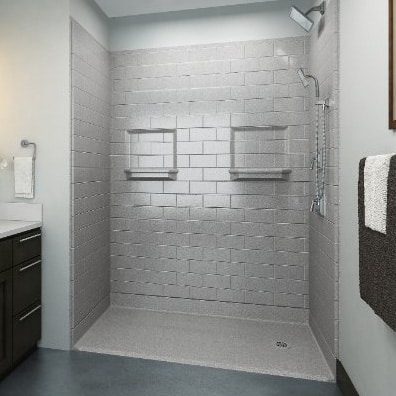

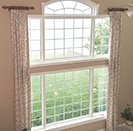
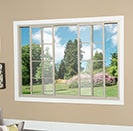
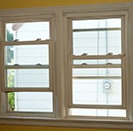
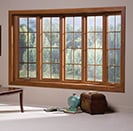
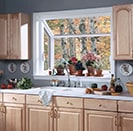


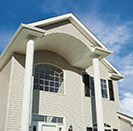
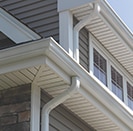
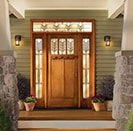
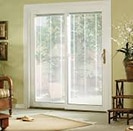


 Text Us!
Text Us!